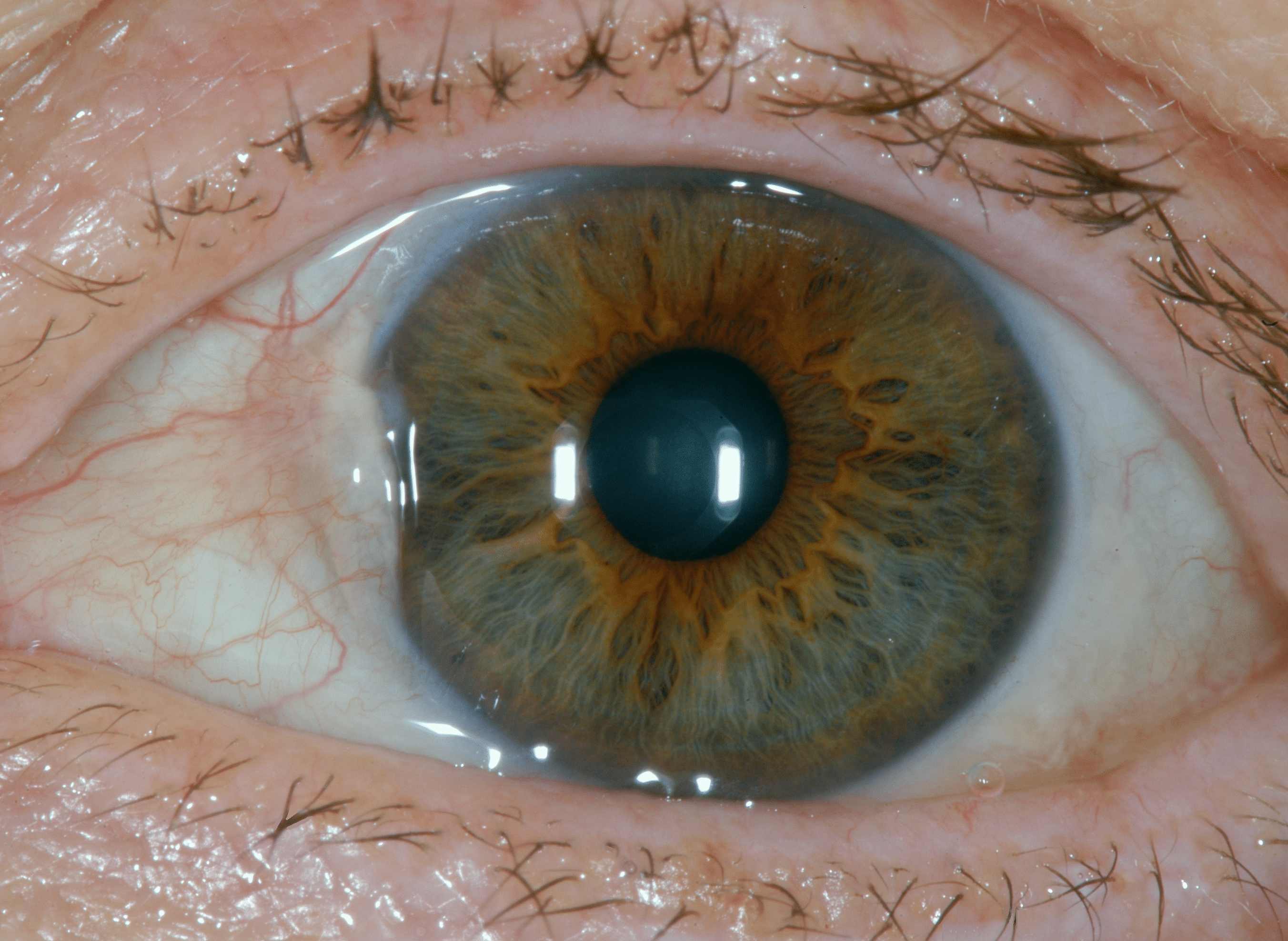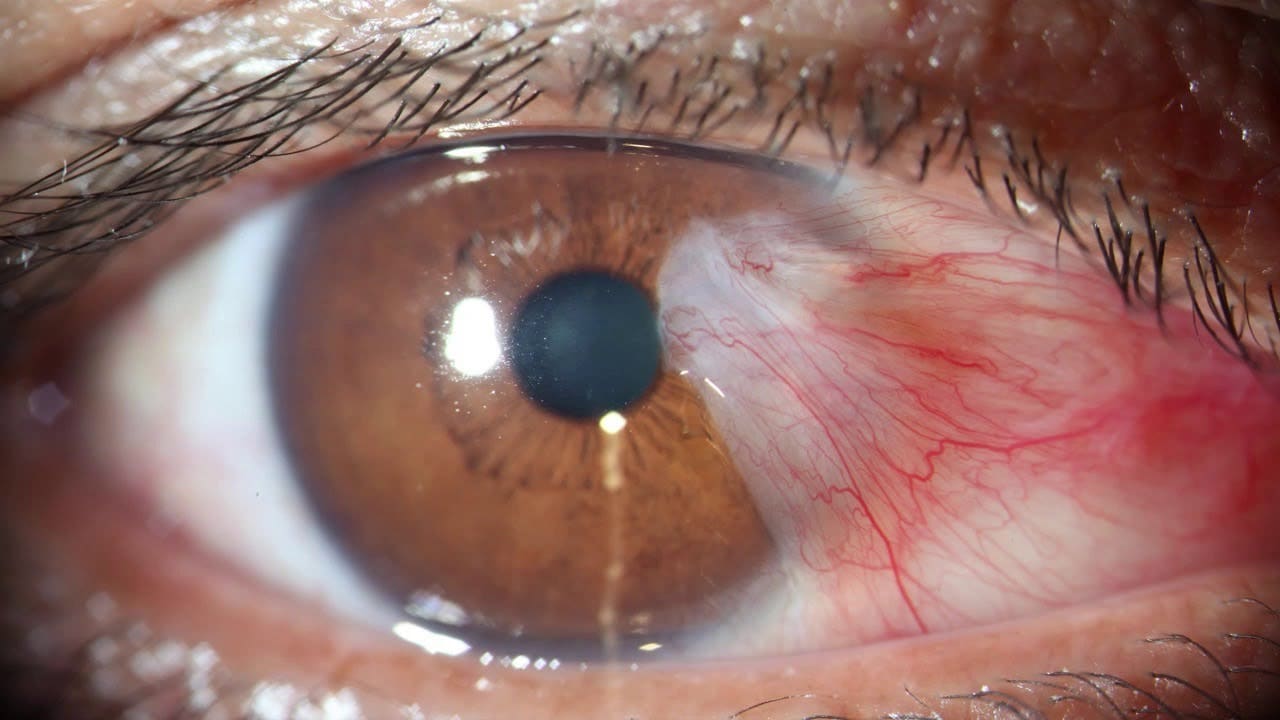Pterygium
Pterygium (pronounced tur-IJ-ee-um), is a wing-shaped growth of pink, fleshy tissue that grows on the conjunctiva, which is the clear tissue layer that lines the eye and inside the eyelids to provide smooth blinking. Pterygia are more commonly found on the side of the eye closest to the nose, and grow from the white part and onto the cornea towards the pupil.
It is believed that this growth is the body’s way of trying to protect the eye from intense environments, such as high levels of sunlight, dust, sand or wind – hence the nickname ‘Surfer’s Eye’. It is a common condition, affecting approximately 1 in every 100 Australians.
To find out more about your pterygium, please call us on 3345 3383 to make an appointment!
Is it harmful?
No! Although a pterygium can look quite scary, it is not harmful or cancerous. It does not spread to the inside of the eye or to any other part of the face or body.
Only in very rare cases does a pterygium grow large enough to cover the eye and decrease vision. It may also cause chronic friction on the eye when blinking, causing disruption of the tear film to create dry patches on the cornea that develop into small depressions on the eye called dellen.
The main concern for most people is cosmetics and minor irritation.
Risk factors
Although the exact cause remains unknown, the development of pterygia can be associated with:
- UV light exposure
- Hot climates. Long-term exposure to the sun, dust, wind and sand are some causes of irritation and growth.
- Dry eyes. Having dry eyes to begin with can accelerate the growth of pterygia.
- Age. Estimates suggest about 12% of Australian men over the age of 60 have the condition.
- Sex. Men are twice more likely to develop pterygia than women.
- Surfers, farmers, welders and people living in sunnier areas of Australia have a higher risk.
In some case, the pterygium might continue to spread slowly during your life and then stops after a certain point. In advanced cases, it can grow past the white of your eyes, and onto the cornea (coloured centre of the eye). This can affect your vision and induce astigmatism and corneal scarring. At this point, surgical intervention may be required. However there can be a recurrence of pterygium in around 50% of cases after successful surgery.

Above: A small pterygium on the nasal side of the eye.

Above: A large pterygium that is invading the cornea and encroaching on the pupil. Growth to this size is rare.
Signs and symptoms
Although it isn’t usually a serious condition, it can cause annoying symptoms. These can include:
- Persistent redness
- Foreign body sensation
- Teary eyes
- Dry, itchy eyes
- Burning sensation on the eye surface
Using lubrications can ease many of these symptoms – ask your optometrist to recommend you an eye drops or ointment.
Call us on 07 3345 3383 or book online today!
Diagnosis
Diagnosis is fairly straightforward. The optometrist can perform a physical examination using a slit lamp which magnifies and brightens the area to get a closer look. They may also use the following techniques to track the growth rate of the pterygium:
- Corneal topography, a medical mapping technique that measures the curvature changes of your cornea.
- Photo documentation using the slit lamp camera.
Prevention
As the risk factors are mainly related to harsh outdoor conditions, prevention is relatively simple:
- Wear protective sunglasses outdoors to protect from UV rays, wind, dust and sand. Choose sunglasses with side shields or a wrap style for added protection.
- Wear a wide brimmed hat outdoors.
- Lubricate your eyes with eye drops in dry climates to prevent formation or further growth.